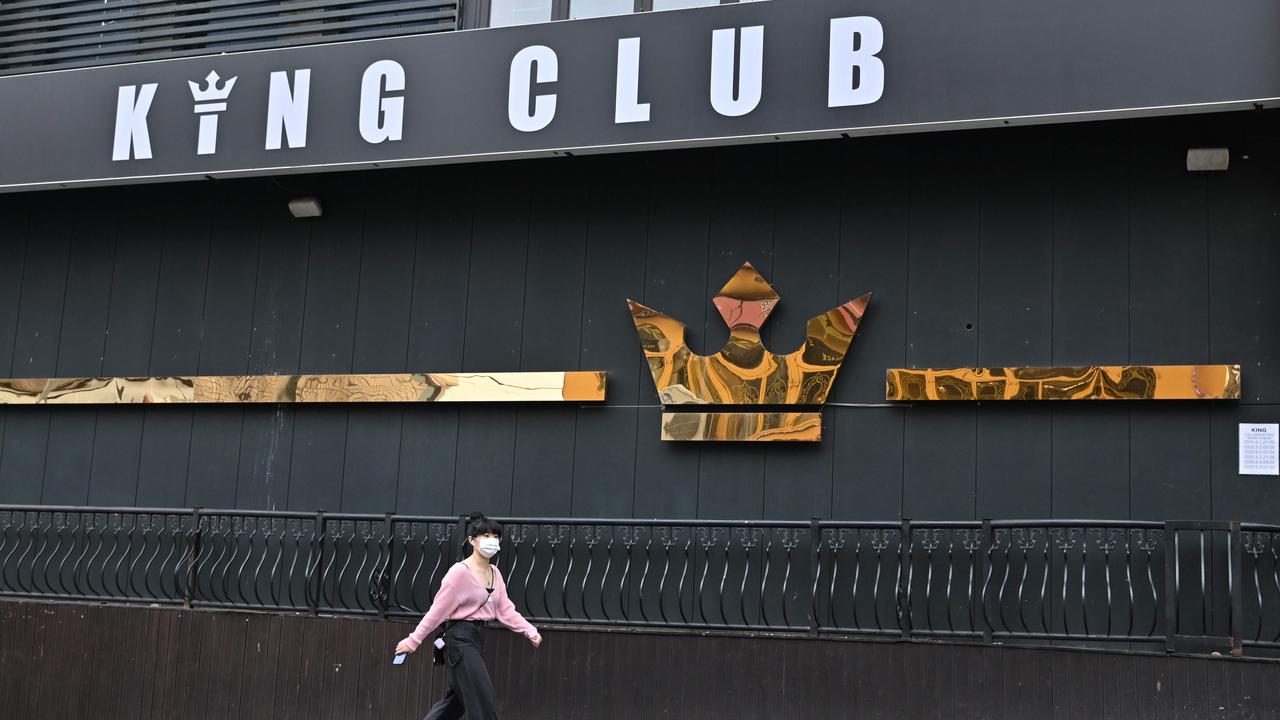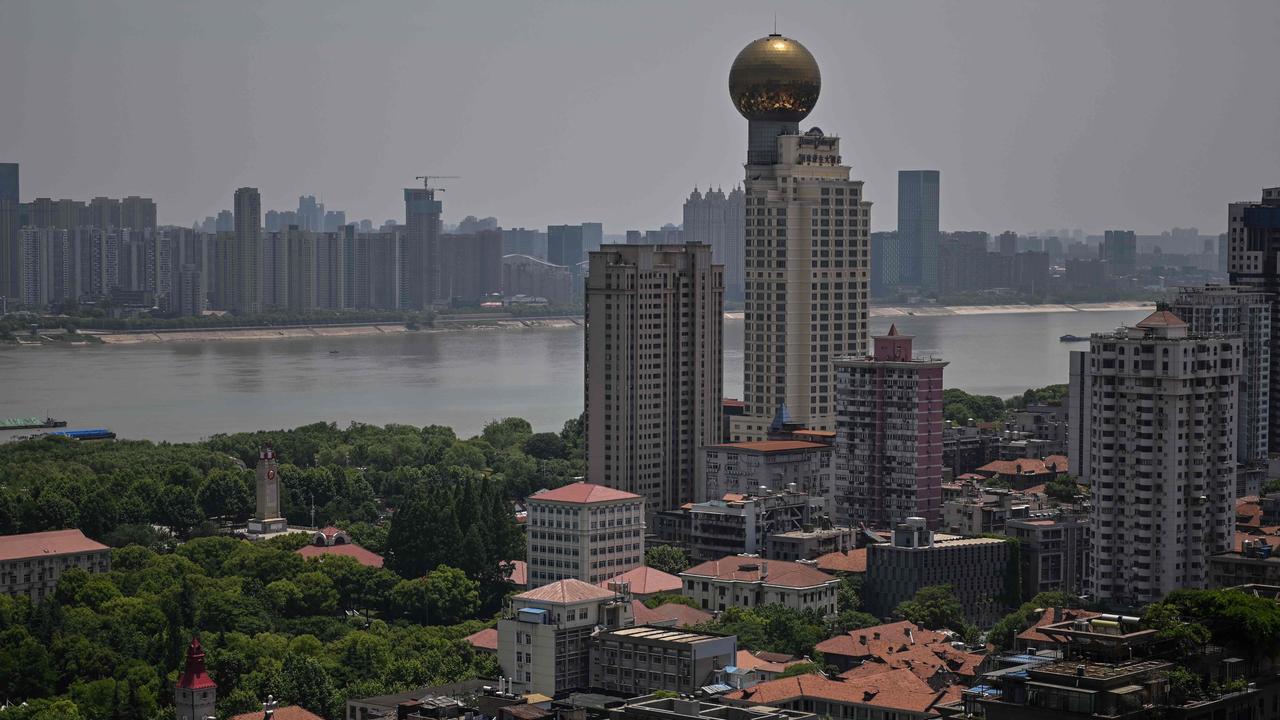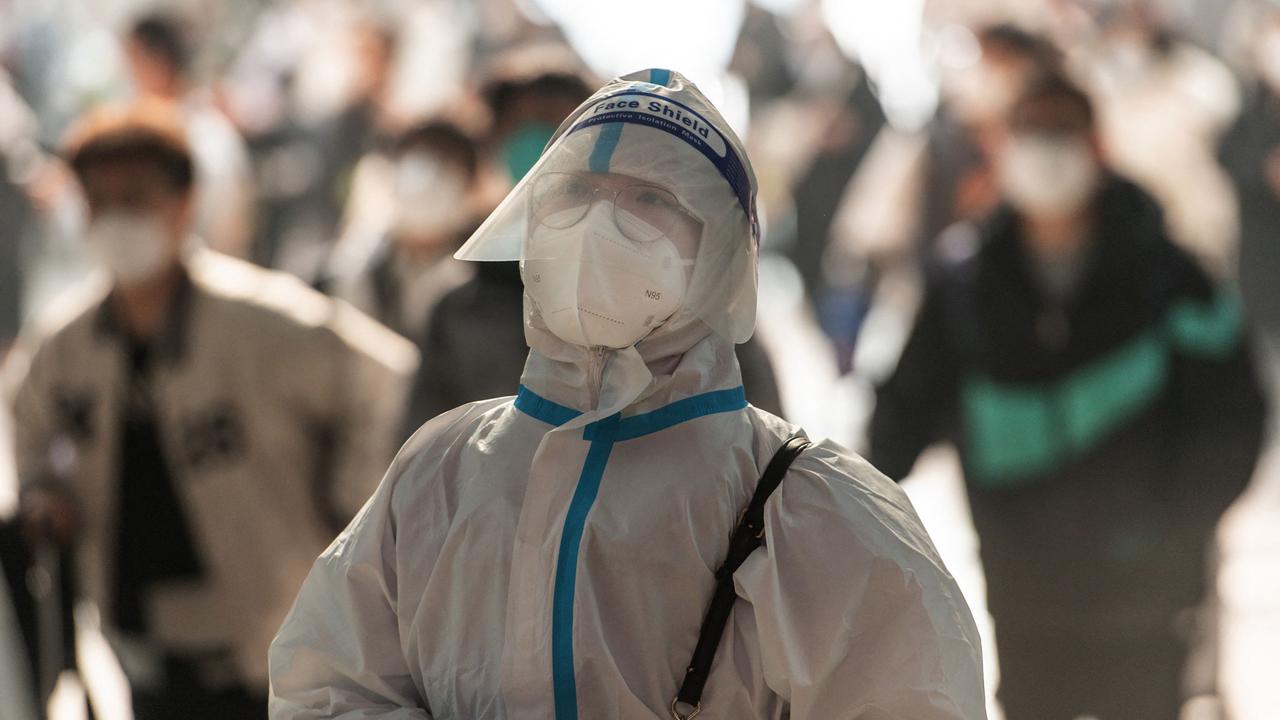Coronavirus: Cities struck down as lockdowns lift
China. South Korea. Germany. They’d all beaten the virus into a corner – but now it’s back and so are tough new restriction measures.

China. South Korea. Germany. Australia. All have choked the pandemic’s grip on their communities. But this virus won’t die. Which is why fresh emergency lockdowns are popping up across the world.
COVID-19 has returned to its birthplace: Wuhan, China. A cluster of cases has erupted in a single residential complex. All are asymptomatic – meaning they weren’t aware they were sick with the contagious disease.
Germany has relaxed its restrictions after a long period of lockdown. One week later, infection rates are already up.
South Korea has shut down its night-life scene after a single clubber visited up to five venues over one weekend – infecting more than 30. Contact tracers are scrambling to identify up to 7000 others who attended those venues.
RELATED: Follow the latest coronavirus updates
RELATED: ‘Superspreader’ sparks second wave fears

It’s all because the much-touted “herd immunity” isn’t happening any time soon.
There are still plenty of easy targets COVID-19 can infect.
All it needs is an opportunity.
And worldwide quarantine fatigue risks handing it one.
CHINA SYNDROME
The city of Wuhan lifted its months-long emergency lockdown on April 8. At its worst, several thousand new cases were found every day. But drastic lockdown measures saw it virtually eradicated in just over three months.
But it’s back.
A few hundred asymptomatic cases have been uncovered lurking in the Hainan Province community by widespread experimental testing. All have since been confined to their homes.
“We need to investigate and determine the origin of the infections and transmission routes,” National Health Commission spokesman Mi Feng said yesterday.

To do that, some 47,000 tests are conducted daily throughout the province. The 10-day campaign will provide a robust statistical indication of just how large a threat sufferers without symptoms present.
“We must resolutely contain the risk of a rebound,” Hainan Province’s health directorate said in a statement yesterday.
But evidence of the feared “second wave” of the pandemic is popping up across the country. Seven provinces have reported new cases. Most revealed previously hidden clusters of the disease.
The city of Shulan recently reacted to a local resurgence by immediately shutting down all its public spaces. And across China, the race is on to catch symptomless carriers before they reignite the viral fire that swept the country in January.

UNWITTING AGENTS
Everywhere, from China to the US, Germany to Great Britain, clear pandemic patterns are emerging.
COVID-19 hot spots include abattoirs, where unskilled labourers working in unsanitary conditions are terrified of losing their jobs – or simply cannot afford to take a day of unpaid sick leave. So they turn up to their crowded workplaces regardless.
High-density residential apartment blocks and compounds are another emergent risk. High-rise boarding houses for low-paid workers are behind an unexpected explosion of cases in Singapore. And enormous apartment blocks are a frequent cause of concern in China – regardless of the social strata residing within.
Nursing homes feature prominently in virtually every nation’s tallies. Close confines. Support staff juggling several jobs to make ends meet. Tired, overworked nurses. All combine to create an environment COVID-19 can exploit to infect their easily susceptible inhabitants. Especially when someone is asymptomatic.

FUEL FOR THE VIRAL FIRE
Everyone who hasn’t had COVID-19 is tinder for a fresh pandemic eruption.
And doubts persist that those who have had it remain immune for long.
Which means herd immunity – the level of resistance within a community necessary to stifle any outbreak – remains an intangible dream.
“Herd immunity is not this magical number where once you reach that point nobody else gets infected,” La Jolla Institute for Immunology in California immunologist Shane Crotty told Popular Science.
“It would no longer be a full-blown epidemic once you get to herd immunity, [but] the virus would still spread, it would still infect people, it would still kill people. It would just be a less common event.”
And this less-than-optimal outcome appears more than ever to be reliant on the discovery – and mass distribution – of a successful vaccine.
Until then, physical distancing and quarantine measures are the only means available to combat COVID-19.
And we’re already sick of it.

QUARANTINE FATIGUE
Health experts know abstinence is a poor medical tool. It doesn’t work for sex. It doesn’t work for drugs. It doesn’t work for alcohol.
Which is why caution appears to have been thrown to the wind at the first signs of relief in South Korea, Germany and Australia.
“Quarantine fatigue is real,” writes Harvard Medicine School Professor Julia Marcus.
“I’m not talking about the people who are staging militaristic protests against the supposed coronavirus hoax. I’m talking about those who are experiencing the profound burden of extreme physical and social distancing.”
What is needed now, Marcus argues, is a more nuanced response.
“An all-or-nothing approach to disease prevention can have unintended consequences. Individuals may fixate on unlikely sources of contagion — the package in the mail, the runner or cyclist on the street — while undervaluing precautions, such as cloth masks, that are imperfect but helpful.”
The worst example of such fixations is “pandemic shaming”, where people are publicly attacked for the likes of gathering at beaches, in queues, or at popular venues.
What is needed, she says, is a harm reduction approach.
“First, policymakers and health experts can help the public differentiate between lower-risk and higher-risk activities,” Marcus says.
“Second, health experts can also acknowledge the contextual factors that affect both a person’s decisions and their risk of coronavirus transmission.
“Third, (we) can accept that, despite our best efforts, some people will choose to engage in higher-risk activities — and instead of shaming them, we can provide them with tools to reduce any potential harms.”

OPTIMISTIC OUTLOOK
Amid all this, pandemic experts are emphasising a focus on what has been achieved.
COVID-19 could easily have been another Black Death. It isn’t. Because we acted.
“I do not think any behavioural scientists would have predicted just how much we have all pulled together to get on top of this disease,” writes UK Professor of Biology Ian Boyd.
“The rapid transition to a strategy of social distancing has been an immense success even if it has been tough going.”
This virus is highly contagious: When left unchecked, every sufferer can potentially infect between three and five others.
Now, in Australia and the UK, that’s down to less than one.
And intermittent lockdowns to quash recurring outbreaks until a vaccine arrives is a good thing.
“Troublesome though it may be, we can, if we have the will to do so, keep COVID-19 under control even without a vaccine and testing,” Boyd says.
“That is no small achievement.”
It’s an achievement that has saved thousands – if not millions – of lives the world over.
“Balancing all this against the disadvantages of social distancing for vulnerable people and the economy will always be a hard, morally based choice,” he writes.
“It will involve adaptive management – learning about what works by experimenting with different methods – and patience. But it will also need to involve an open debate about where the moral balance lies between costs and benefits.”
Jamie Seidel is a freelance writer | @JamieSeidel




